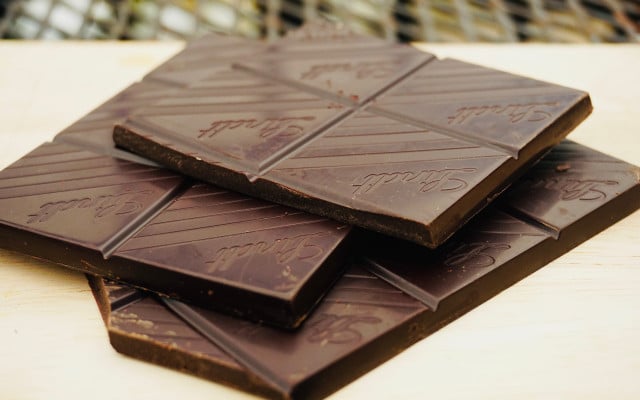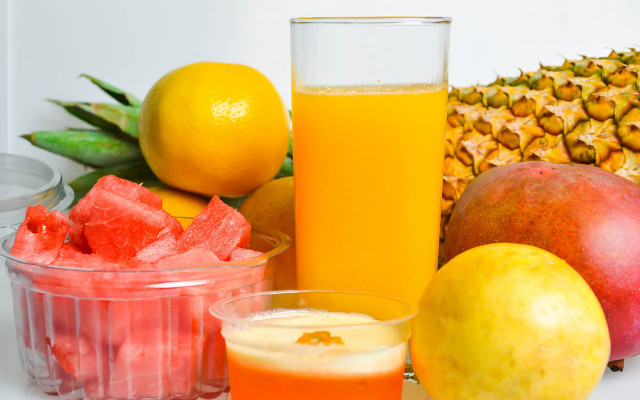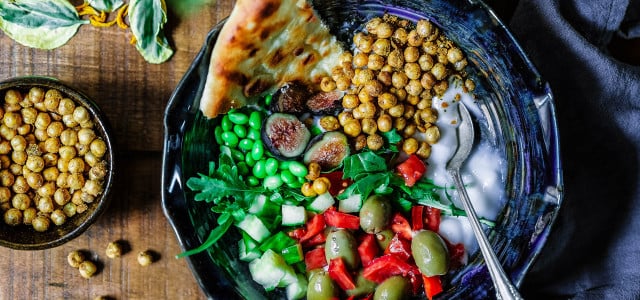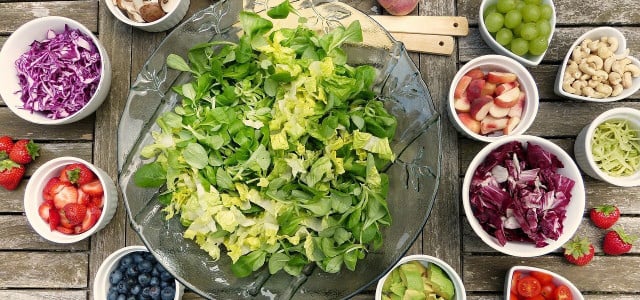Going vegan means rejecting all products and ingredients derived from animal sources. Many people decide on this diet because the production of milk, eggs, and leather contributes to the suffering of millions of animals. Your decision doesn’t have to be all or nothing, however – every step counts.
Going vegan isn’t a choice everyone feels comfortable with. But every choice that brings us a little bit closer to a vegan lifestyle is an important contribution to decreasing both animal suffering and our environmental impact. It all adds up. Here’s five simple steps everyone can take.
Eat Vegan or Dark Chocolate

Milk chocolate, as its name suggests, has a relatively high milk content and is therefore naturally not vegan. If it’s not organic chocolate, consumers must assume that the milk is produced via factory farming. Dark or bitter chocolates, however, typically include no or only very little milk. But there is also milk-free chocolate which is typically marked as vegan chocolate. So just buy a different brand of chocolate – thats an easy step towards going vegan. Also consider purchasing fair trade chocolate whenever possible.
Going Vegan Means Fewer Additives
Before a food additive is introduced, it undergoes safety and toxicology testing. These tests are performed primarily on animals. Organic production allows the introduction of fewer additives than conventionally-produced food, but even tests of organic additives are not exclusively cruelty-free.
Those attempting to reduce the impact of their consumption on animals should try to avoid preservatives, flavor enhancers, thickening agents, and other food additives by reading labels carefully – whether going vegan or not. Just another argument for cooking for yourself!
Drink Natural Juices



Juice and wine are naturally cloudy drinks, though most of us are used to drinking filtered or clarified varieties. Filtration typically requires gelatin, a food product sourced from animal skin and bones – and one that you’ll probably want to avoid when trying to go vegan. Because gelatin is “only” used as a production aid, it normally isn’t listed on the ingredients label.
Natural juices are cloudy and do not generally contain gelatin. Even organic producers rarely use gelatin to clarify juice; most clearly label their vegan products as such.
No Bones About Eating Candy
Gummy bears and other chewy candies almost always include gelatin sourced from animal skin and bones. If you want to go vegan, you will have to look a bit more closely at your candy’s ingredients list – luckily there are now lots of entirely plant-based alternatives on the market.



Another ingredient to keep an eye out for is carmine – a red pigment made from the crushed female cochineal insect. Alternatively, dark chocolate contains virtually no milk or other animal products. You can check PETA’s website for a full list of vegan sweets.
Use Vegan Spreads Instead of Butter
Going vegan means renouncing butter. Thankfully, there are many vegan options: Try out vegan margarines or vegetable spreadsand get your “I can’t believe it’s not butter!” expression ready! It’s easy enough to smear plant-based spreads on your breakfast toast or your sandwiches without missing the flavor much, but do pay attention that whatever margarine you buy contains no or palm oil.
Alternatively, consider any number of other vegan spreads – you can even make them yourself: Vegan Spreads: DIY Dairy Free Spreads with Only 2 Ingredients
Cook Homemade Meals
One simple way to reduce the hassle in buying vegan is to simply make it by hand. This may take longer in the end, but it lets you decide exactly what ingredients come into your recipes and makes going vegan just a bit more exciting. We’ve gathered a number of starter recipes to get you busy in the kitchen in no time.



Have a look at our guide to reusing vegetable scraps and put wilted greens and veggie peels back on your plate in a variety of creative ways. These make a great base for a vegan homemade vegetable broth, smoothies and even vegetable chips. If you’re looking for a treat, have a go at this vegan apple pie recipe.
Read more:
- Homemade Vegetable Broth Recipe: Easy, Organic and with Freshest Ingredients
- Hokkaido and Butternut Squash: Which Pumpkin Skins Are Edible?
- Healthy Inca Grain? 9 Things you need to know about Quinoa
This article was translated and adapted by Hilary. You can view the original here: 10 Tipps, um ein bisschen veganer zu werden.
** Links to retailers marked with ** or underlined orange are partially partner links: If you buy here, you actively support Utopia.org, because we will receive a small part of the sales proceeds. More info.Do you like this post?








